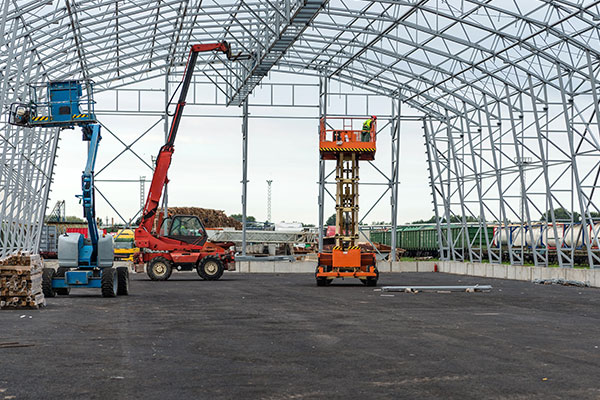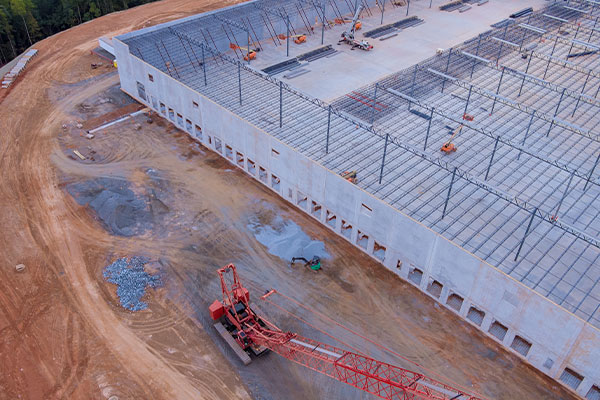To measure the inclination of deep foundations, standard testing procedures are required. The specifications for piles typically indicate the maximum allowable deviation from the planned inclination. Such deviation can result from a variable soil profile, an inadequate drilling platform for the work, and/or faulty workmanship.
There is evidence to suggest that excessive pile loads can lead to excessive bending time and shear forces when the pile is rigidly designed for axial loads.
Why is important to measure the pile inclination?
To measure the inclination of deep foundations, standard testing procedures are required. The specifications for piles typically indicate the maximum allowable deviation from the planned inclination. Such deviation can result from a variable soil profile, an inadequate drilling platform for the work, and/or faulty workmanship.

There is evidence to suggest that excessive pile loads can lead to excessive bending time and shear forces when the pile is rigidly designed for axial loads.
Scope:
1.1 The test procedures described in this standard measure the inclination of deep foundation elements, including elements in the excavation stage. These procedures apply to all deep foundations, referred to herein as «piles,» regardless of their method of installation.
1.2 This standard provides minimum requirements for measuring the inclination of deep foundations. Plans, specifications, and/or provisions prepared by a qualified engineer may provide additional requirements and procedures as necessary to meet the objectives of a particular test program.
1.3 This standard provides the following test procedures:
Procedure A
(Inclinometer Test): for testing both open holes and constructed piles / 9.1
Procedure B
(Pendulum Test): for testing open holes / 9.2
1.4 The apparatus and procedures designated as «optional» herein may produce different test results and may be used only when approved by a qualified engineer(hereinafter «the Engineer»). The word «shall» indicates a mandatory requirement,and the word «should» indicates a recommended or advisory requirement.Imperative sentences indicate mandatory requirements.
1.5 The Engineer shall design and approve the test setup and test procedures.
1.6 The text of this standard refers to notes and footnotes that provide explanatory material. These notes and footnotes shall not be considered as requirements of the standard. This standard also includes illustrations and appendices intended solely for explanatory or advisory use.
1.7 Units: The values stated in SI units shall be regarded as standard. No other units of measurement are included in this standard. Reporting of test results in units other than SI shall not be regarded as nonconformance with this standard.
Further Standards:
1.8 All observed and calculated values shall conform to the guidelines for significant digits and rounding established in Practice D6026.
1.9 The procedures used to specify how data are collected, recorded, and calculated in this standard are regarded as the industry standard. In addition, theyare representative of the significant digits that generally should be retained. The procedures used do not consider material variation, purpose for obtaining the data, special purpose studies, or any considerations for the user’s objectives; and it is common practice to increase or reduce significant digits of the reported data to be commensurate with these considerations. It is beyond the scope of this standard to consider significant digits used in analysis methods for engineering design.
1.10 This standard does not purport to address all safety concerns, if any, associated with its use. It is the responsibility of the user of this standard to
establish appropriate safety, health, and environmental practices and determine the applicability of regulatory limitations prior to use.
1.11 This international standard was developed in accordance with internationally recognized standardization principles established in the Decision on Principles for the Development of International Standards, Guides, and Recommendations issued by the World Trade Organization Technical Barriers to Trade (TBT) Committee.




